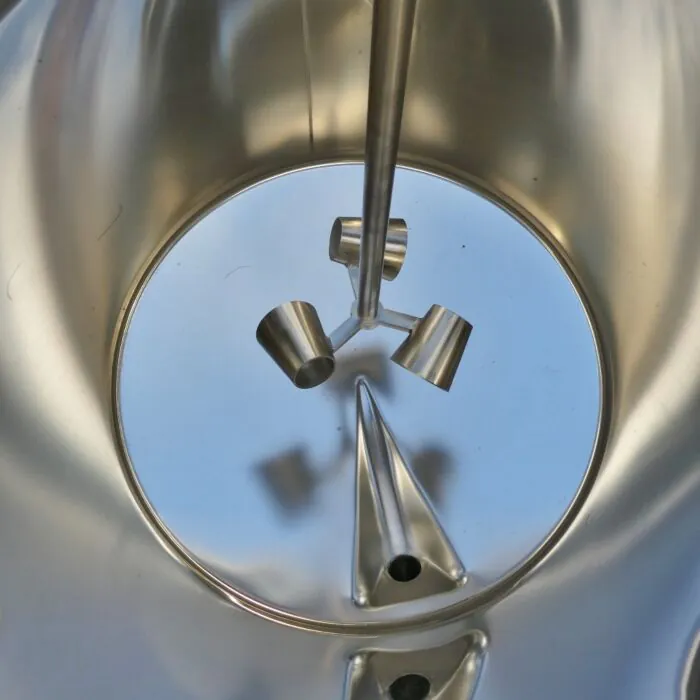
ATEX approval for agitator vessels
What is an ATEX approval?
ATEX approval is a certification that ensures that devices and protective systems can be operated safely in potentially explosive atmospheres. ATEX stands for “Atmosphères Explosibles” and is based on two EU directives: the ATEX Product Directive 2014/34/EU and the ATEX Operating Directive 1999/92/EC. These directives regulate the use of devices in potentially explosive atmospheres and define the requirements to ensure the safety of people and systems.
What EX zones are there
Potentially explosive atmospheres are divided into different zones, depending on the frequency and duration of the occurrence of an explosive atmosphere. These zones are:
- Zone 0:A place in which an explosive atmosphere is present continuously, for long periods or frequently.
- Zone 1:Area in which an explosive atmosphere is likely to occur occasionally during normal operation.
- Zone 2: A place in which an explosive atmosphere is not likely to occur in normal operation but, if it does occur, will persist for a short period only.
How are the zones differentiated?
The distinction between zones is based on the probability and duration of the presence of an explosive atmosphere:
- Zone 0:There is a high probability of the presence of an explosive atmosphere here. Typically, this is the interior of containers or tanks in which flammable gases or vapors are present.
- Zone 1: This zone includes areas near vents, filling points or places where leaks may occur during normal operation. There is a medium probability here.
- Zone 2:In this zone, an explosive atmosphere only occurs rarely and for a short time. Examples are areas around pipelines or in the vicinity of safety valves.
Example: Agitator in a stainless steel container
A typical example of the use of ATEX-certified devices is an agitator in a stainless steel container. In the chemical industry or in the production of food and beverages, agitators mounted in stainless steel containers are often used. Stainless steel containers are particularly corrosion-resistant and easy to clean, which makes them ideal for use in hygienically sensitive areas.
These agitators must be ATEX-certified to ensure safe operation in potentially explosive atmospheres. Depending on the application and specific requirements, these agitators can be used in different EX zones. For example, an agitator could be operated in zone 1 if it works in the vicinity of volatile vapors or gases.
Used agitator tanks in explosion-proof design are also suitable for operation in potentially explosive atmospheres.However, it is important to check the need for conversion or retrofitting due to the regularly revised ATEX regulations.Choosing the right equipment and certifying it in accordance with ATEX is crucial for safety and efficiency in potentially explosive atmospheres. Companies must ensure that all components, from agitators to stainless steel vessels, comply with the applicable safety requirements.
Conclusion
ATEX approval is essential for the safe operation of equipment and containers in potentially explosive atmospheres. The risk is assessed and suitable measures are taken to prevent explosions by classifying them into EX zones. An ATEX-certified agitator in a stainless steel container is an excellent example of the practical application of these safety precautions in industry.
For more information and suitable products, please visit our website:behaelter-kg.de.
